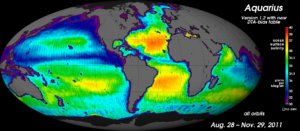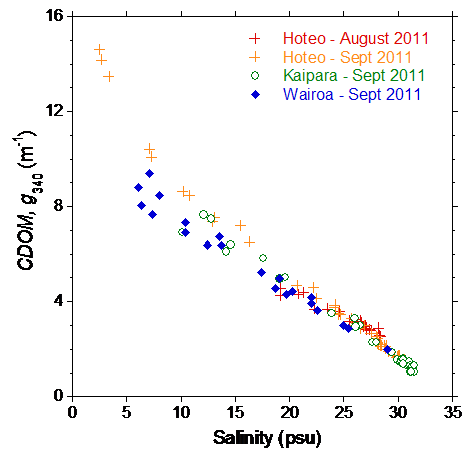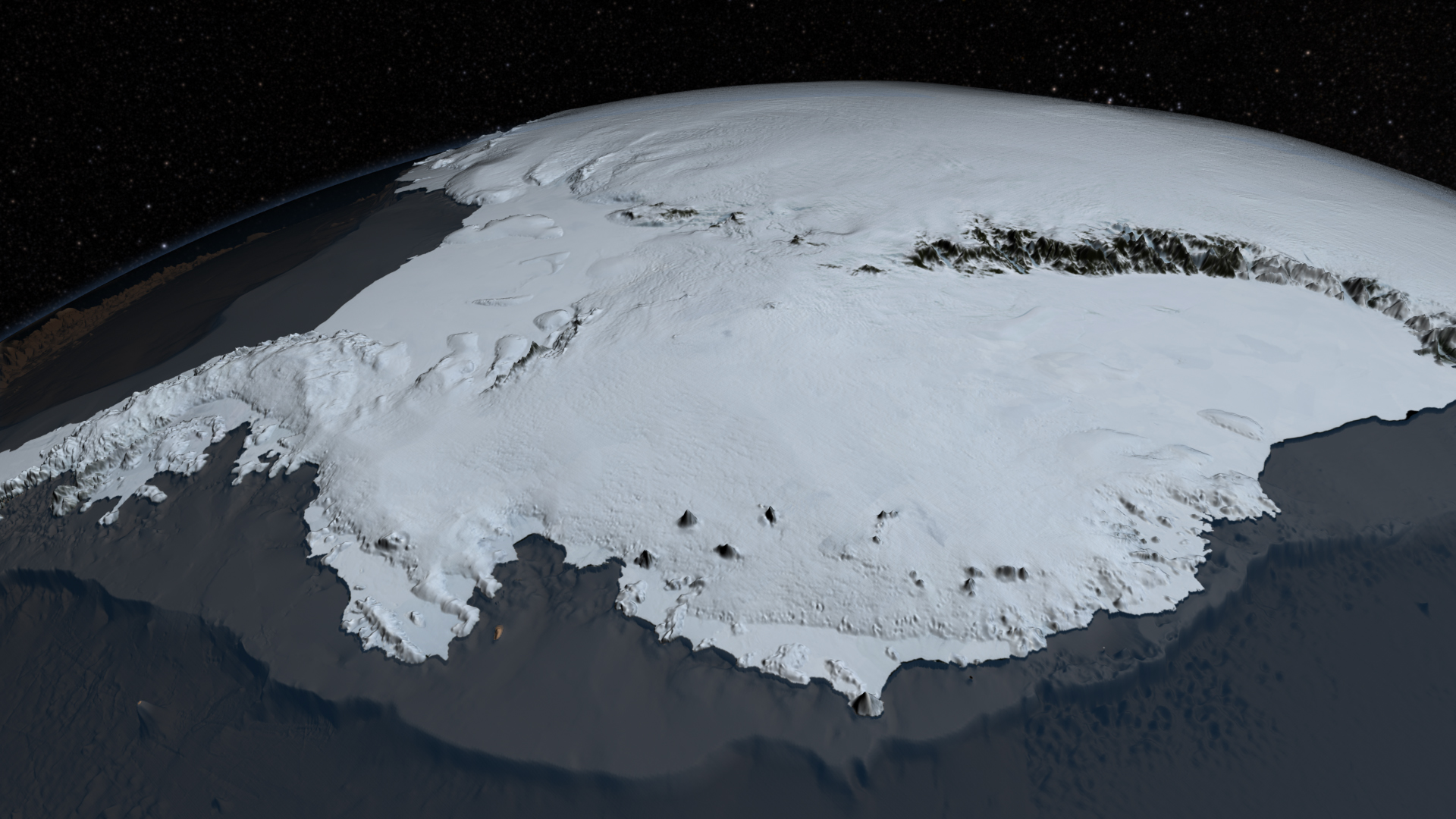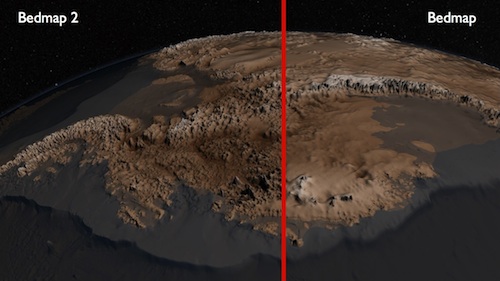
Monitoring Sea Surface Salinity from Space: Awesomeness of Remote Sensing
Few days ago, I met some scientist from Geology department. While talking, I have found Geologist/hydrologist/ecologist ,…, are very much interested to find out a way to estimate water salinity without going to the field and measuring salinity by electrical conductivity. The first solution what came to my mind is very simple… I asked them “why don’t you monitor salinity from space?”. Then they asked, “how?”. I didn’t knew the answer then. That is how I get involved in these sort of topic and have started to look for a proper solution.
Sea Surface Salinity (SSS) dynamic studies are in the heart of several major scientific domains which play a vital role in sea water circulation patterns, influences the spatial distribution of many marine organisms, and affects seawater density in both coastal systems and open oceans.
Satellite remote sensing offers the potential to estimate salinity across entire water bodies at the frequency of satellite overpass, dramatically enhancing our monitoring capabilities relative to in situ observation networks. To date, however, satellite missions targeting salinity have focused on open ocean rather than coastal applications. NASA’s Aquarius mission, launched in June 2011, and the European Space Agency’s Soil Moisture and Ocean Salinity (SMOS) mission launched in November 2009, are capable of measuring SSS from space across the world’s oceans, but the 150 km spatial and 7-day temporal resolution of Aquarius and the 250 km spatial and 10–30 day average temporal resolution of SMOS are too coarse for coastal and Earnestine environments.

Sea Surface Salinity by Aquarius
Attempts to successfully map SSS in the coastal region via remote sensing have ranged from Skylab photography to microwave radiometer measurements, decametric wave ranges, ESTAR measurements, and Landsat TM data. The use of satellite imagery to map SSS in an estuary was first performed in the San Francisco Bay. This pioneer study found correlations between Landsat TM color bands and SSS in an estuarine environment. Other studies explore the empirical relationships between colored dissolved organic matter (CDOM) and salinity using remotely sensed ocean color in a coastal setting. These sort of studies showed that a straight-line relationship between CDOM and salinity is expected dependent on the ratio of the flushing time of an estuary and the timescale of the source variation.

Sea Surface Salinity of Chesapeake Bay; derived from MODIS image (the salinity observation network (left); overlay of salinity estimation and observation (middle); overlay of temperature estimation and observation (right) )
Recently one study has successfully predicted SSS in the Chesapeake Bay at 1 km resolution using MODIS-Aqua ocean color bands using multiple statistical models and an artificial neural network (ANN) algorithm applied to MODIS-Aqua data. Besides, some scientist modeled SSS from MODIS satellite data in the east coast of Malaysia, using oleast square model as compared to 2nd polynomial order algorithm .Others have also used satellite remote sensing to map low-salinity water plume in the East China Sea. There are also a similar kind of exercise to predict salinity from remote sensing for the Columbia River plume.
all these studies tried to predict salinity in the coastal ocean for an specific region using proper regional algorithms from large in-situ measurements of apparent and inherent optical properties. these studies have one common drawback and that is none of these algorithms and method can successfully predict the salinity of other region then their own. then again these studies have given a proper signal of the ability of measuring salinity from space but suffers from data and methodical limitations.
PROPOSAL: A good research proposal could be, an attempt or to establish a generic predictive algorithm which can successfully predict salinity of most of the coastal regions with a tolerable accuracy. To assure satellite data consistency with higher spatial and temporal resolution, the study may involve testing several method of atmospheric correction and interpolation techniques. the study also can be aided by several point process models from probability wing and/or some spatial autoregressive models (lattice approach) which can be devised to run auto regression in space and time simultaneously. As those spatio-temporal models are data dependent so the study may also involve extensive in-situ salinity measurement with higher temporal and spatial resolution from several/different physical and biological costal settings.
Did you like this post? Read more and subscribe to our monthly newsletter!









